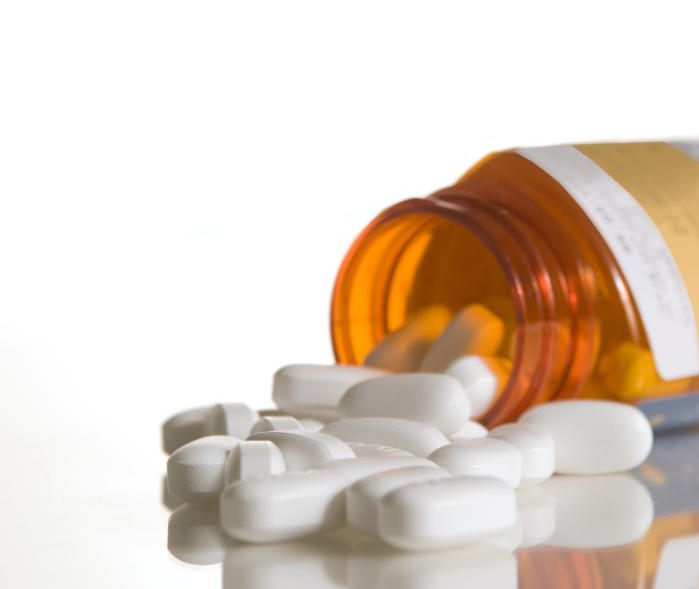The word pharmacology is derived from two Greek words, pharmacon meaning a drug, and logos meaning an opinion or reason. It can be defined as
“The science which deals with the history, source, physical properties, chemical properties, compounding, biochemical effects, physiological effects, mechanism of action, absorption, distribution, biotransformation, excretion, therapeutic and other uses of drugs, is called pharmacology.”
“The study of a substance that interacts with the living system through chemical processes especially by binding to regulatory molecules and activates or inhibits normal body processes”
“The science of substances used to prevent, diagnose and treat disease.”
Photo by Shermeee
Branches and Divisions of Pharmacology
Main branches and divisions of pharmacology include:
Drug
A substance, material or product used or intended to be used to modify or explore the physiological processes or pathological states for the benefit of the recipient is known as drug. [Read more]
Routes of Drug Administration
Different routes used for drug administration include:
Dosage Forms:
Drugs may be given in several forms. [Read more]
Sources of Drugs
The six main sources of drugs include:
- Plant sources
- Animal sources
- Mineral/ Earth sources
- Microbiological sources
- Semi synthetic sources/ Synthetic sources
- Recombinant DNA technology
Active Principles of Crude Drugs
Several known active principles are present in the drugs. [Read more]
 howMed Know Yourself
howMed Know Yourself






Good job! Very usefull indeed.
Good work indeed!
thanks alot
In this article the word pharmacon is wrong.
Actually the word will be Pharmakon.
Plz correct it.